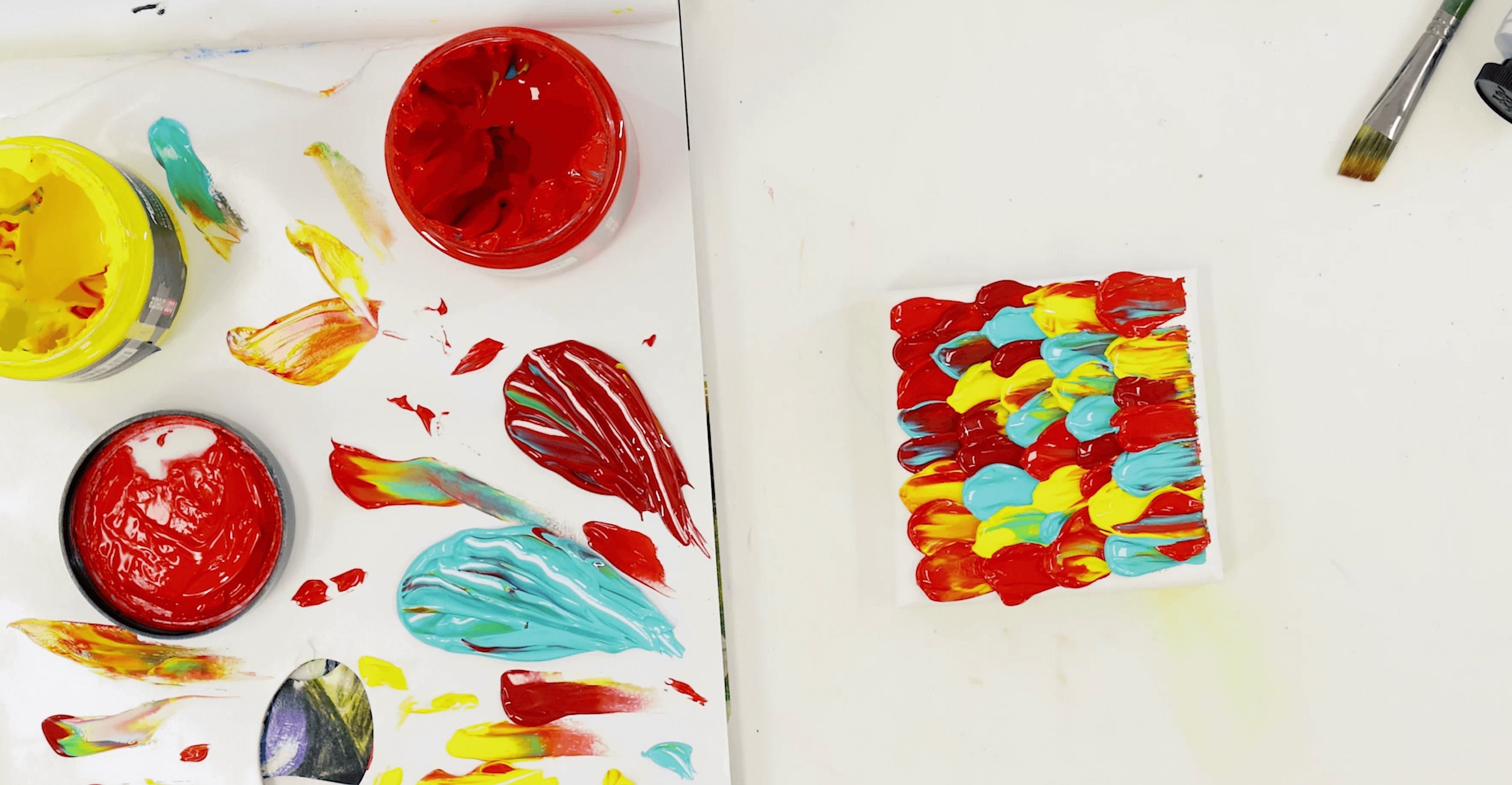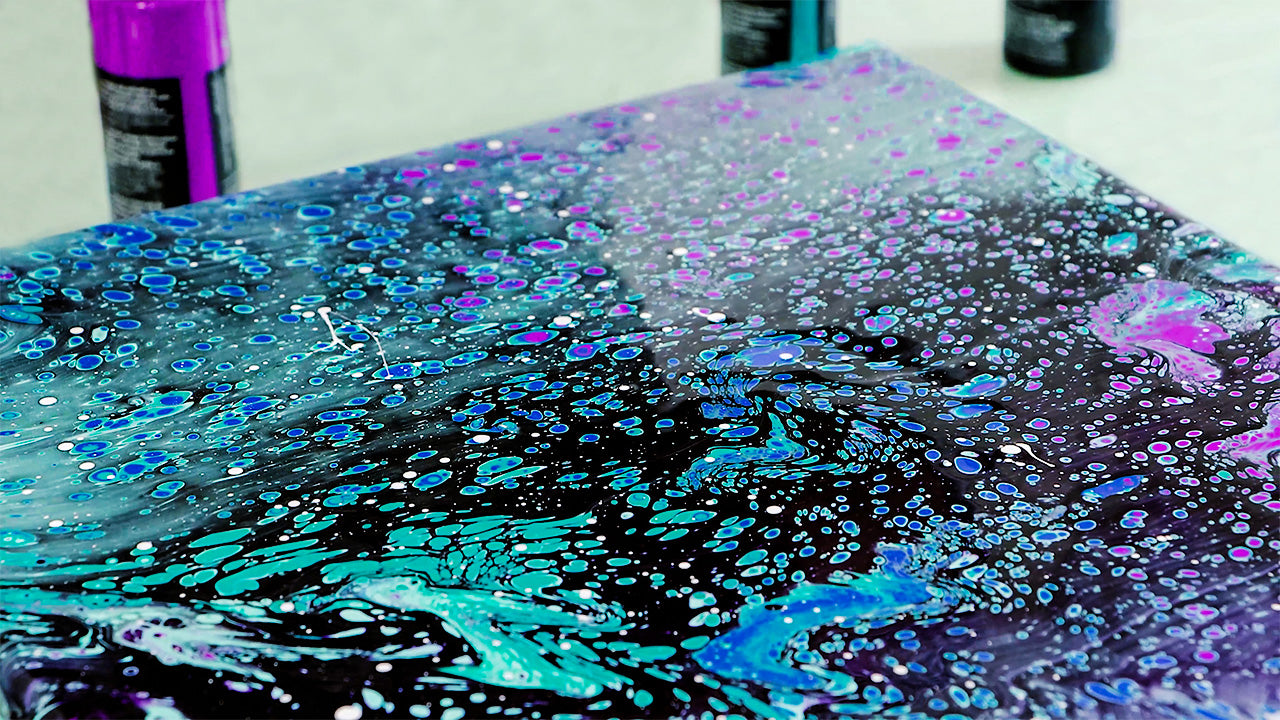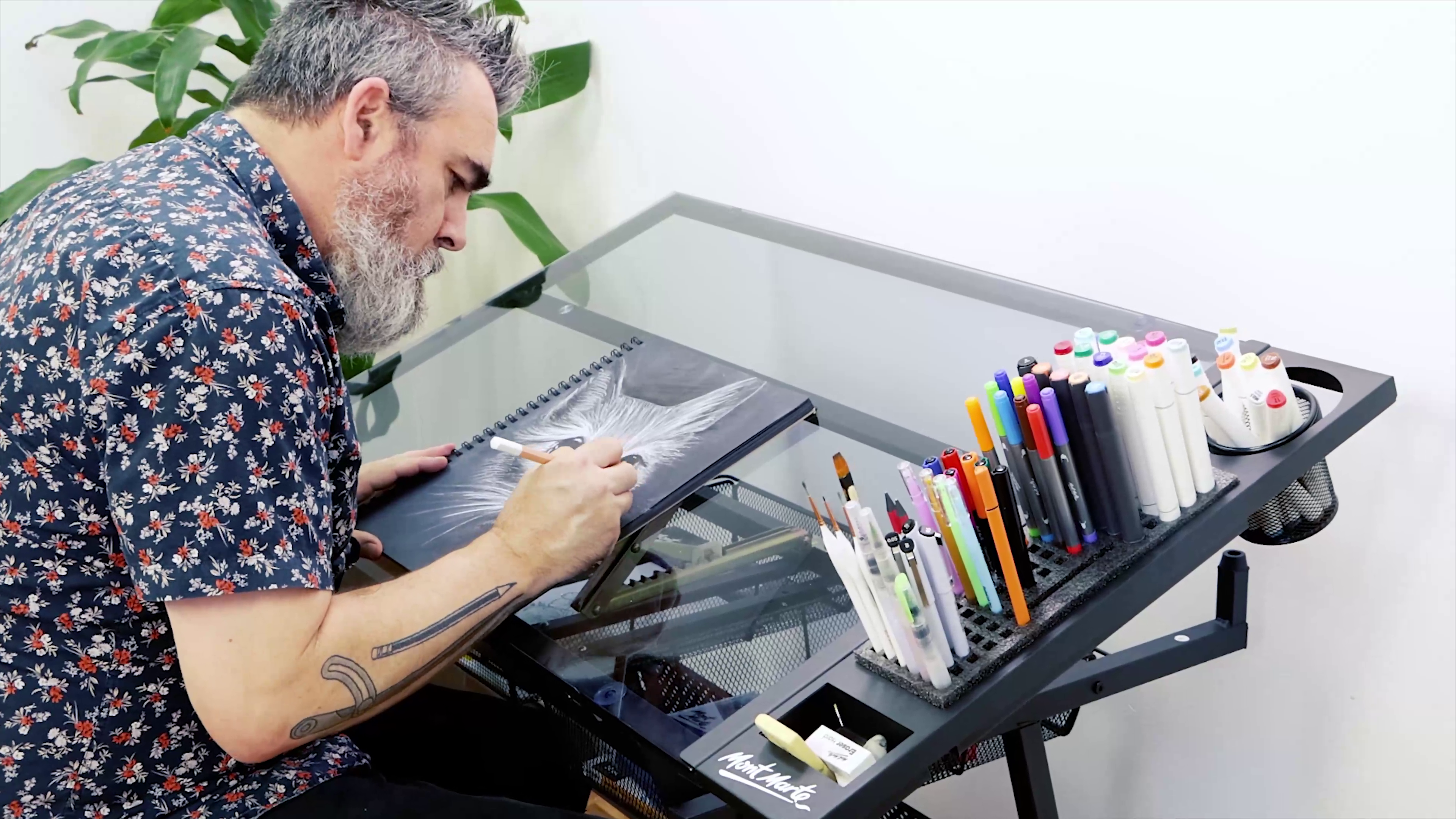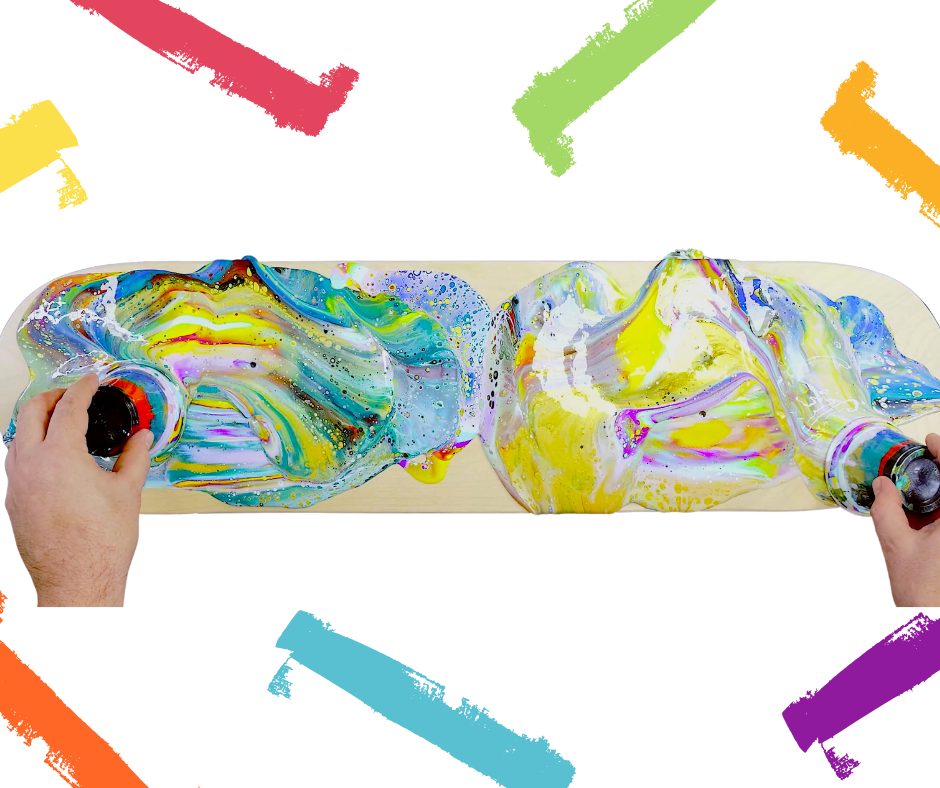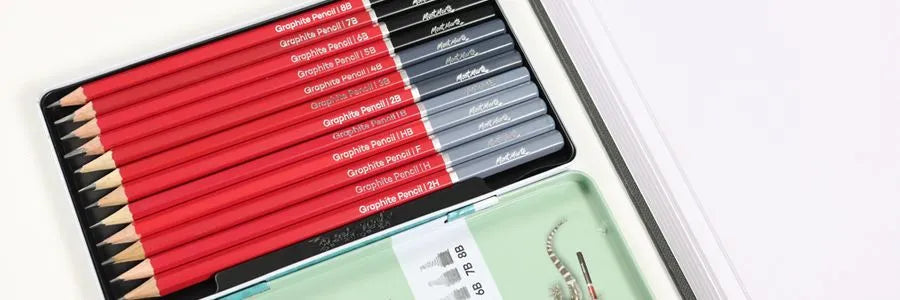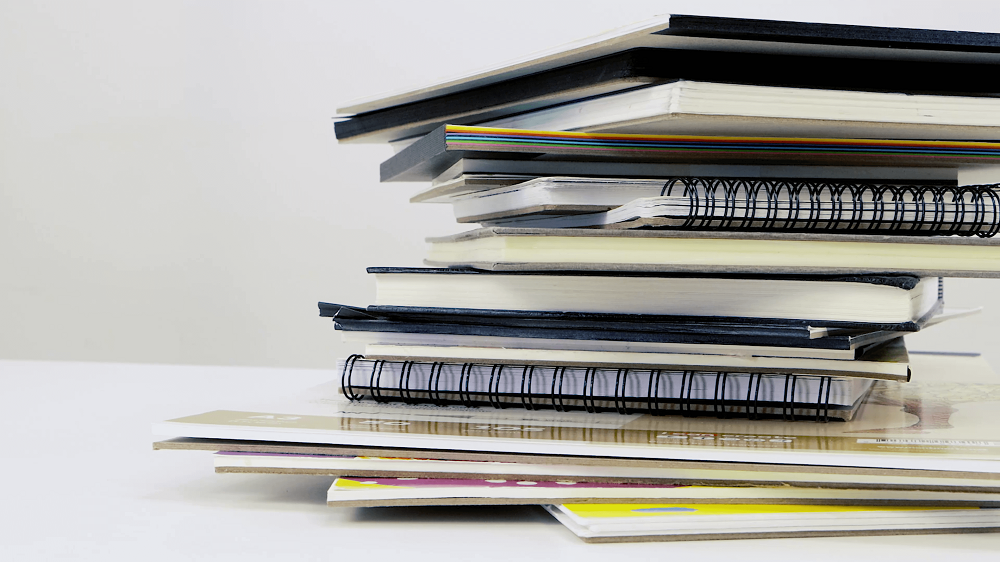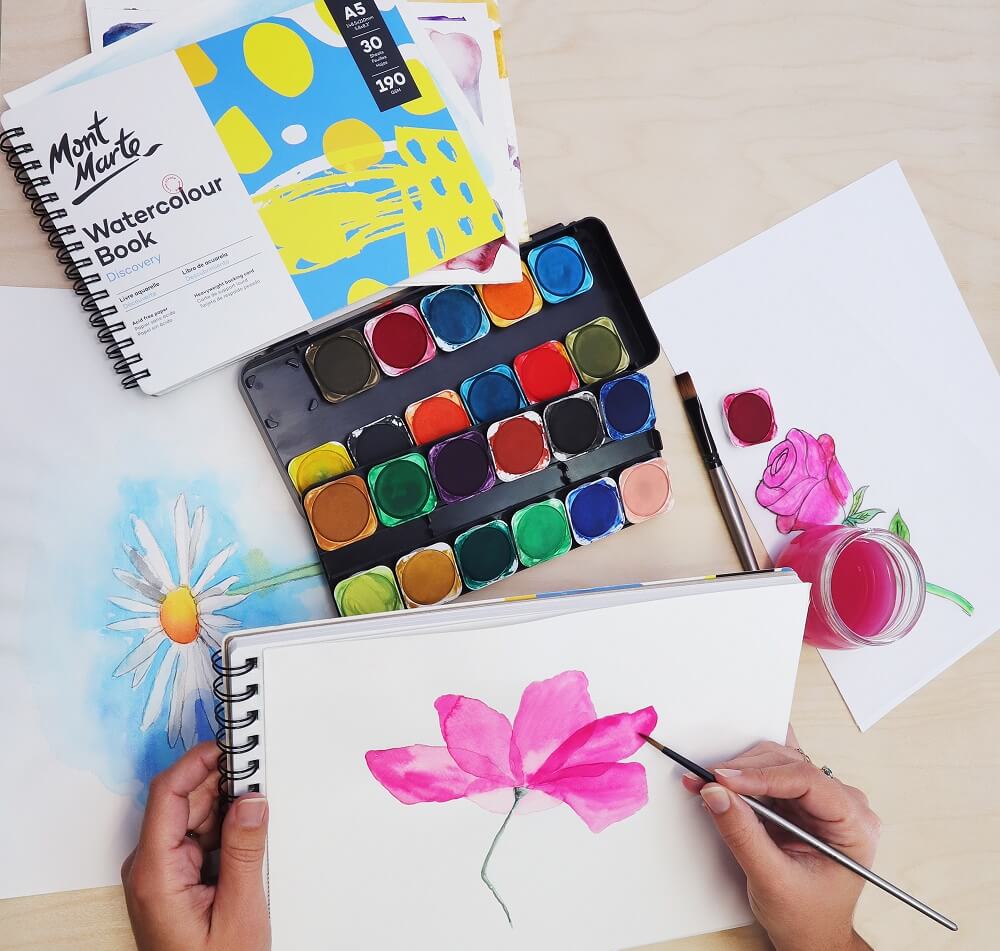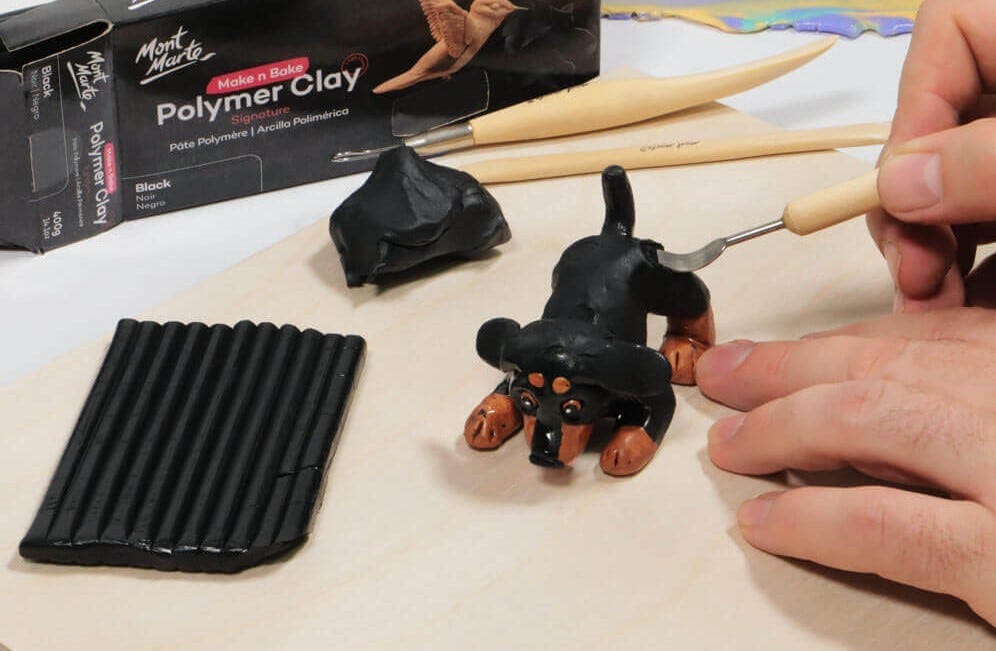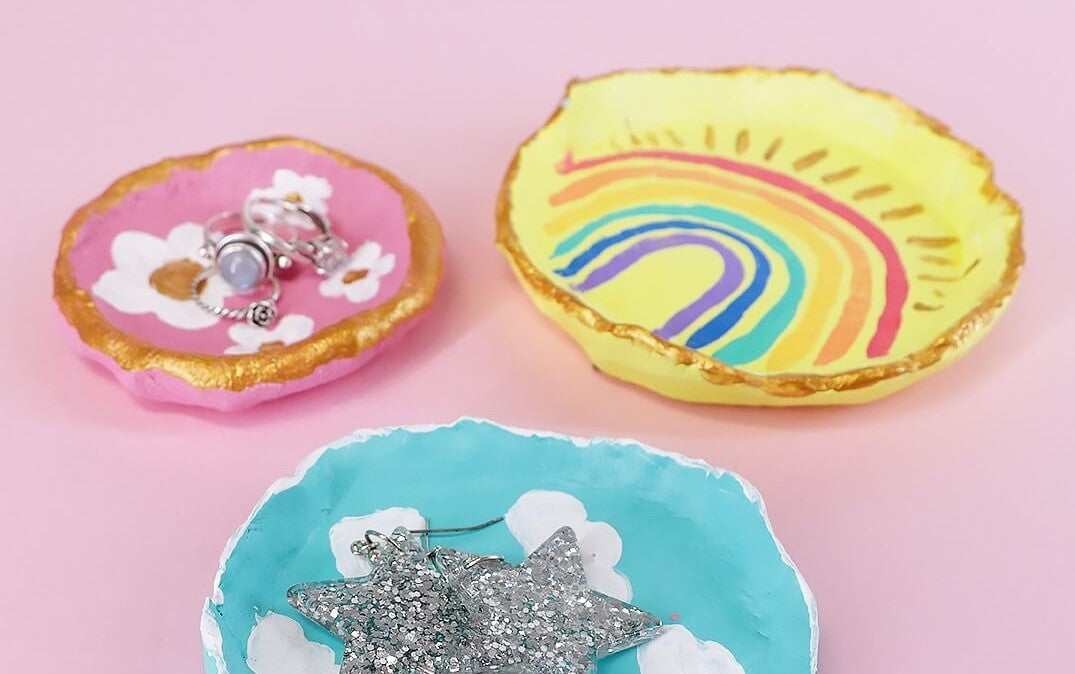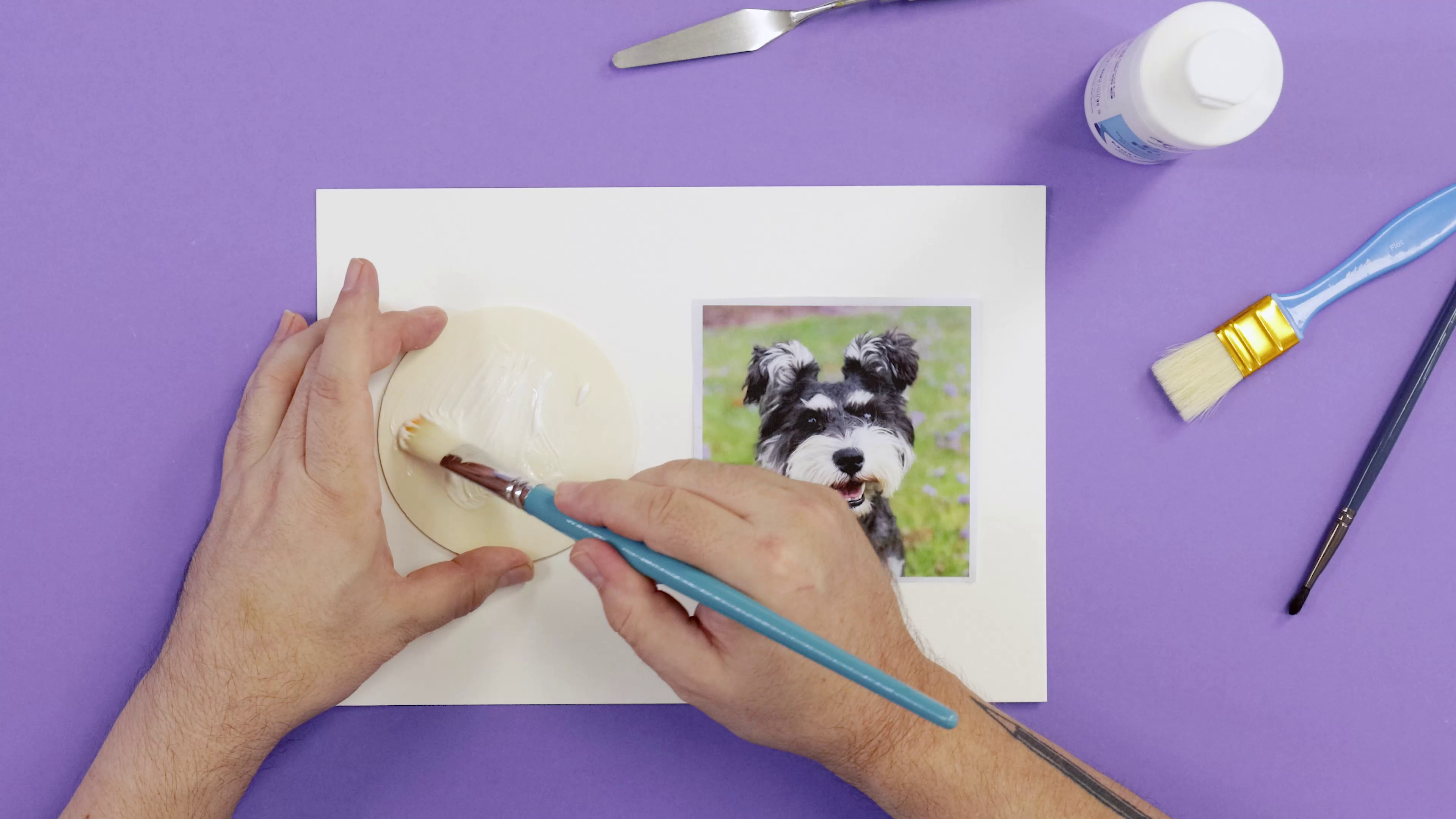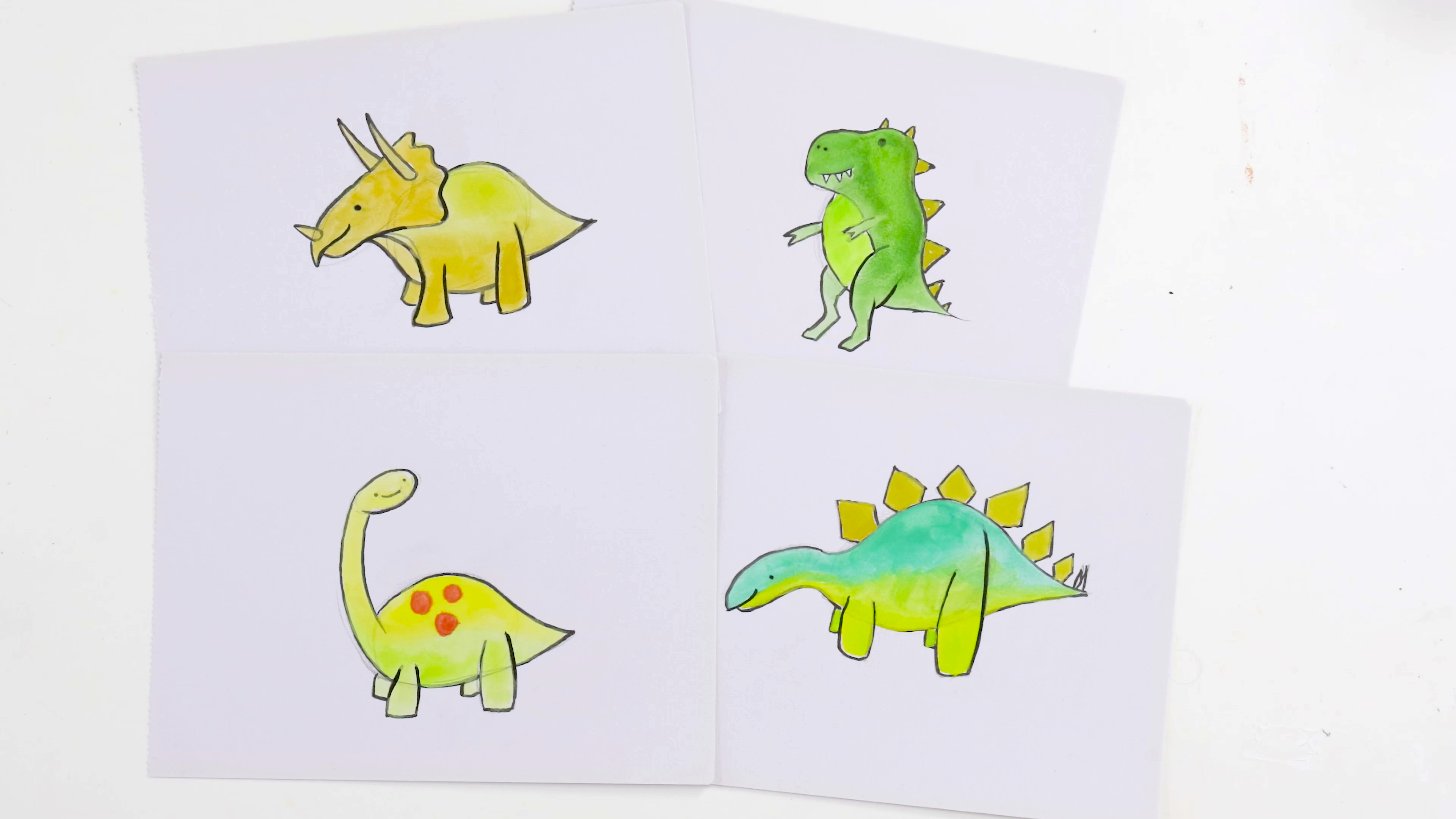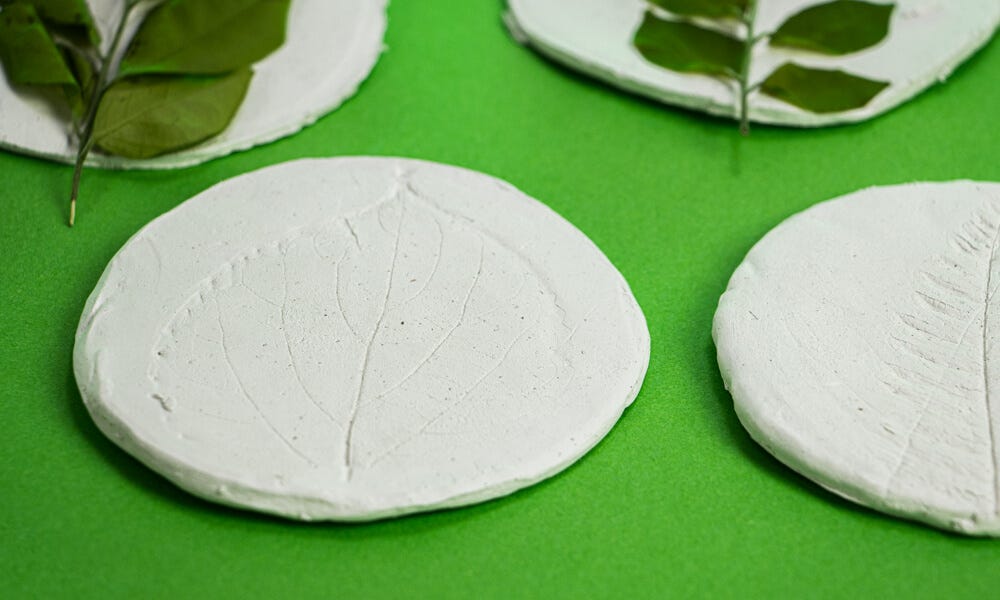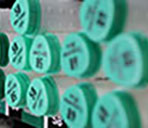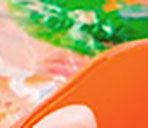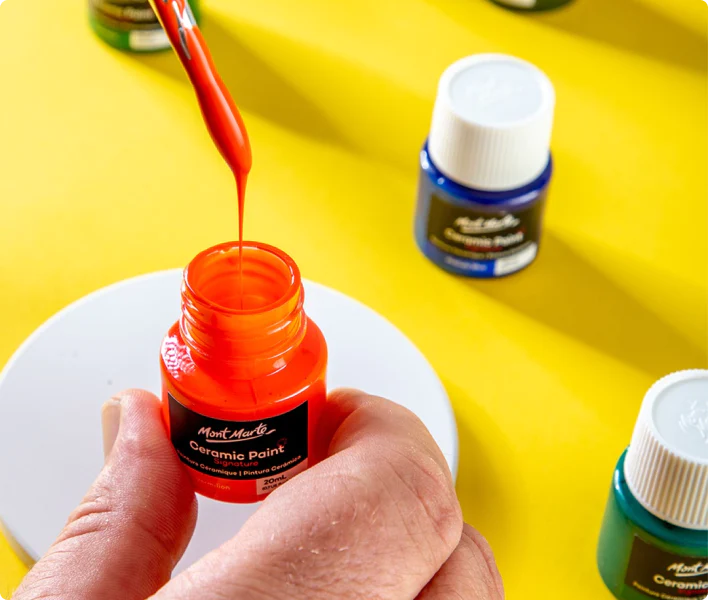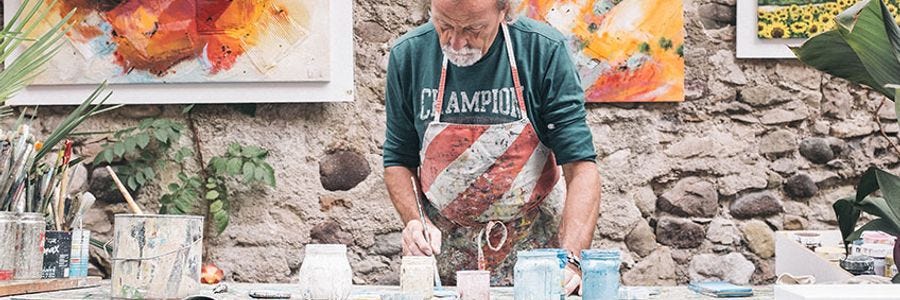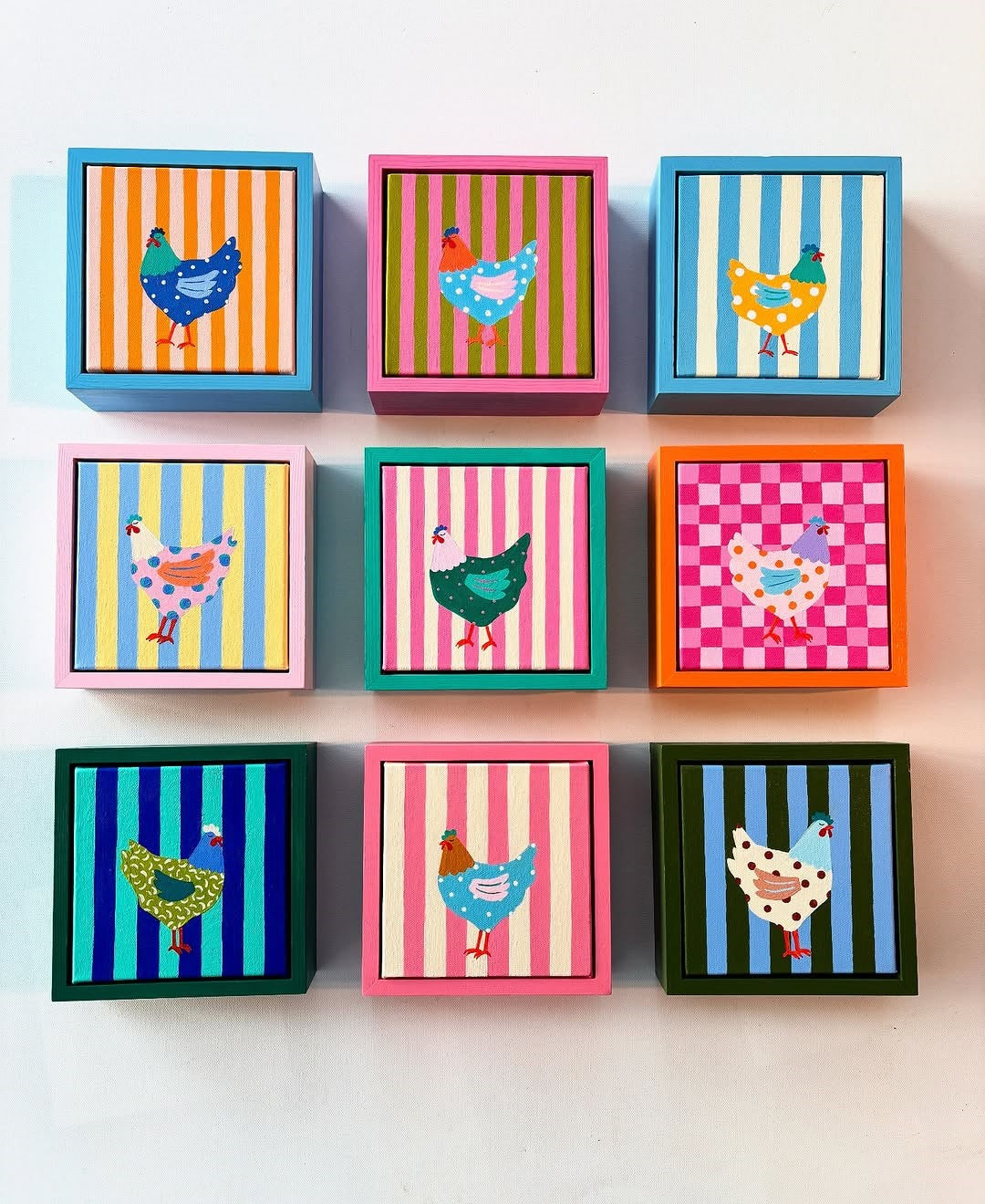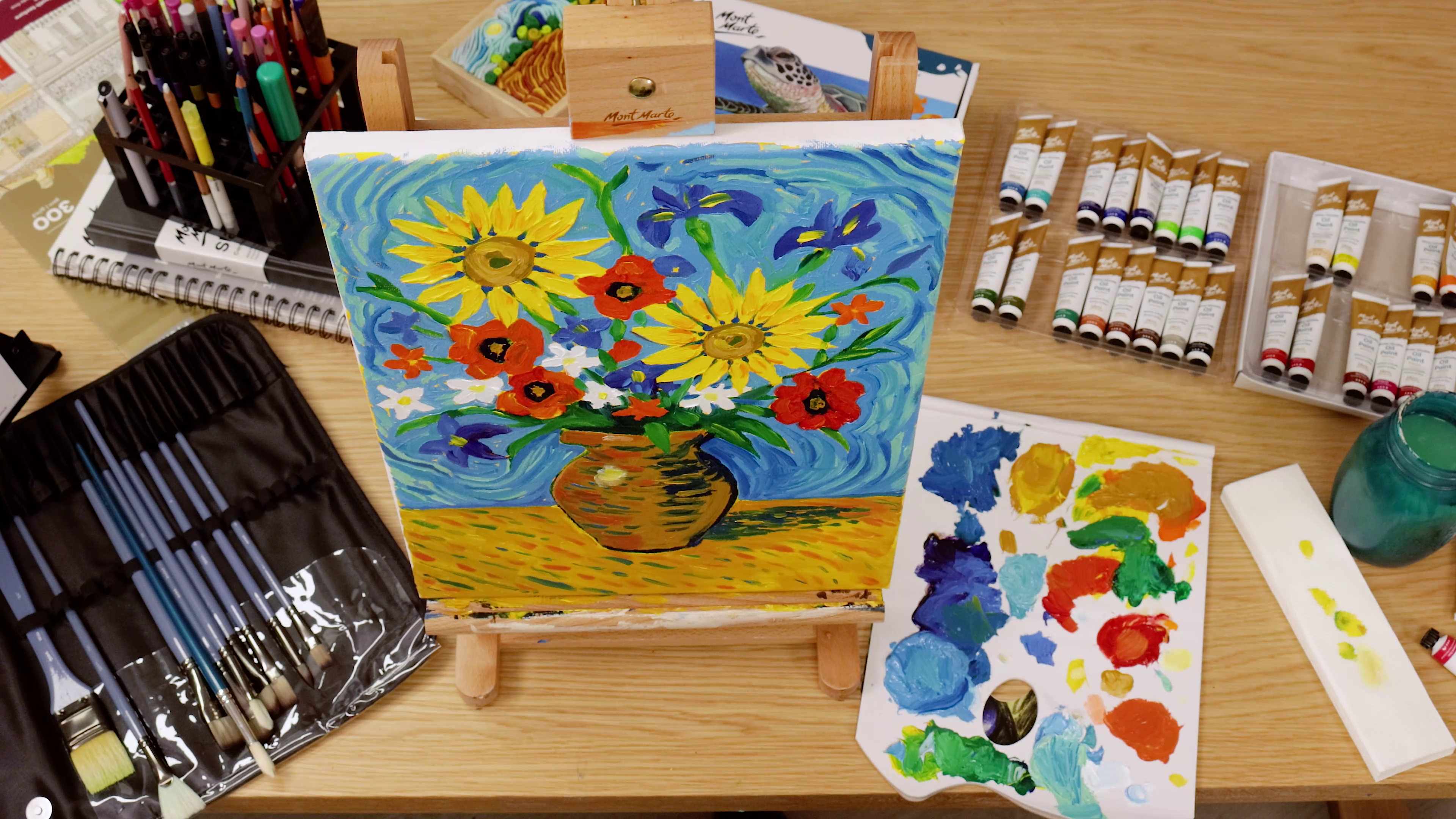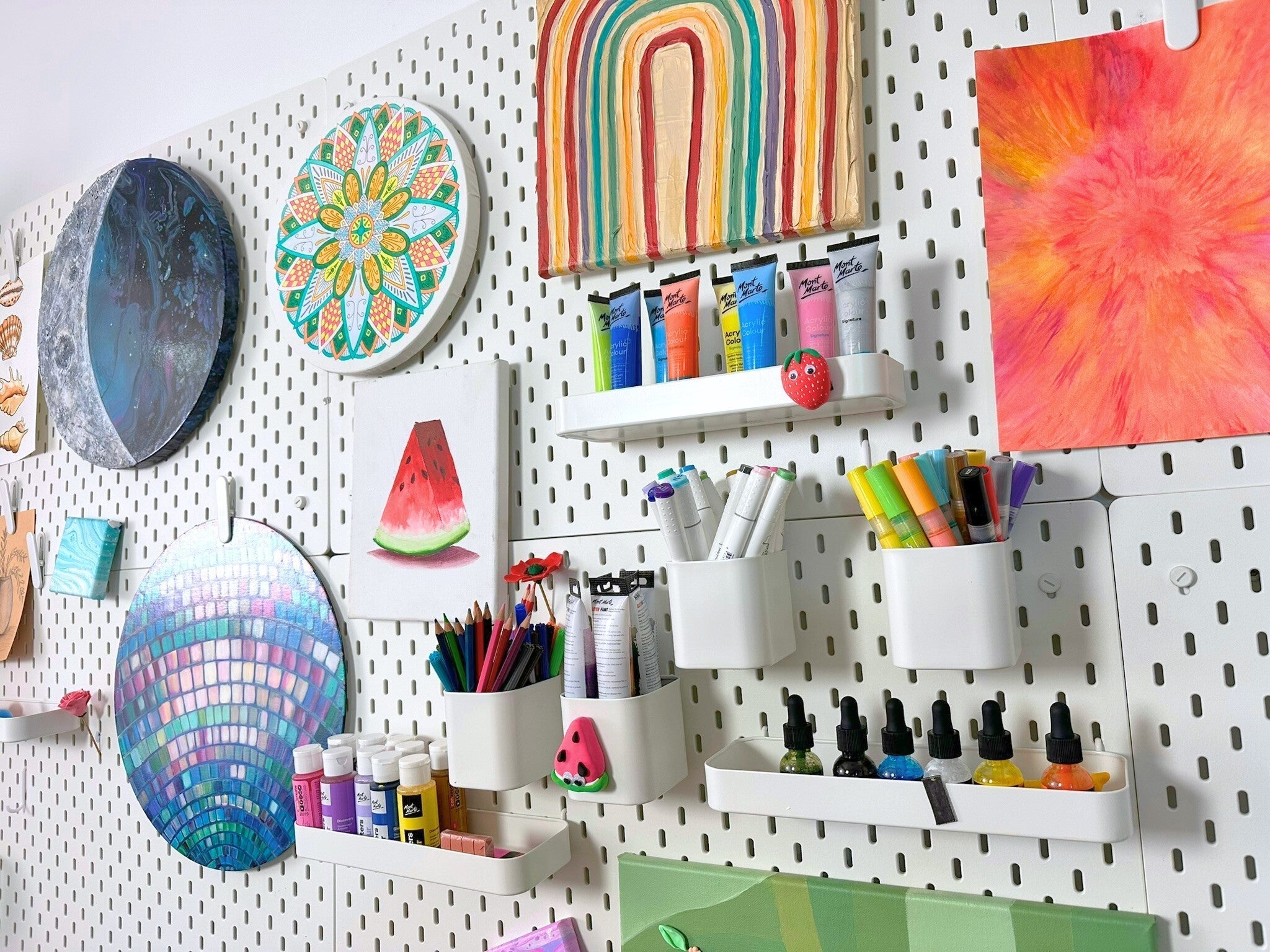It's not always easy to 'just do art', so we need to be proactive about making time for it. Here are some tips to help you with your workflow and hopefully enable you to become creatively fertile.
1. Allocate an Area for Yourself
 If you haven’t got an area in which to do your artwork you will need something like this. In a past blog we wrote about some options for creating an art studio to suit your specific needs. But it will really cut into your workflow if you have to spend half an hour setting up an area, and after your session, spending more time in cleaning it up. You really want to step in to your area and start working straight away to maximise your limited time.
If you haven’t got an area in which to do your artwork you will need something like this. In a past blog we wrote about some options for creating an art studio to suit your specific needs. But it will really cut into your workflow if you have to spend half an hour setting up an area, and after your session, spending more time in cleaning it up. You really want to step in to your area and start working straight away to maximise your limited time.
2. Don't Wait for Inspiration
If you can only do your artwork when you are inspired, your output is going to suffer. Expecting the inspiration to hit at the same time that you have some spare time is akin to the planets aligning...it very rarely happens, and if it does, it probably won't happen again for a long time. So learn not to rely on inspiration to be creative; it’s very fickle and will let you down. Remember too, that inspiration is generally overrated and even if you’re inspired at that time, it doesn’t always yield a result. This leads to number 3.
3. Schedule a Time/Date for Your Art
 In life we wear a lot of hats and do a lot of jobs. We generally have to be at work by a certain time, which means we have to wake at a certain time, have breakfast etc. We have a fairly good idea of how long each job will take. Despite this, on many occasions, we find ourselves wasting time through being inefficient. It sounds boring but unfortunately to avoid this inefficiency through wasting time, we need to allocate a realistic time to do a task, and an accurate duration of how long that task will take, and write it into some sort of schedule. You might find that you have an hour free on Tuesdays at 8.00 pm. Write this time into your schedule and regardless of how you feel, use that time to create art. You may not feel like it. But 9 out of 10 times you will be glad you did.
In life we wear a lot of hats and do a lot of jobs. We generally have to be at work by a certain time, which means we have to wake at a certain time, have breakfast etc. We have a fairly good idea of how long each job will take. Despite this, on many occasions, we find ourselves wasting time through being inefficient. It sounds boring but unfortunately to avoid this inefficiency through wasting time, we need to allocate a realistic time to do a task, and an accurate duration of how long that task will take, and write it into some sort of schedule. You might find that you have an hour free on Tuesdays at 8.00 pm. Write this time into your schedule and regardless of how you feel, use that time to create art. You may not feel like it. But 9 out of 10 times you will be glad you did.
4) Prepare for Your Art Date
 To make the most of your small allocated time, you need to have an idea of how the time will be spent. There is no point standing in front of your blank canvas twiddling your thumbs. What you need to do is to have a prior idea of what you can realistically achieve in your time slot. Think about what you are wanting to do. Let's say for example you would like to paint a portrait of Aunty Violet's cat. You will need to break the project up into steps, and try to complete a step each session. The step break down might look something like this:
To make the most of your small allocated time, you need to have an idea of how the time will be spent. There is no point standing in front of your blank canvas twiddling your thumbs. What you need to do is to have a prior idea of what you can realistically achieve in your time slot. Think about what you are wanting to do. Let's say for example you would like to paint a portrait of Aunty Violet's cat. You will need to break the project up into steps, and try to complete a step each session. The step break down might look something like this:
Drawing the cat in pencil 1 hour
Background 1 hour
Underpainting cat 1 hour
Top coating 1 hour
Detailing 1 hour
----------------------------
Total 5 hours
In this scenario we see it will take 5 hours to paint Aunty Violet’s cat, or 5 x 1 hour art sessions. So it is important to finish each step in its allocated time. Be realistic about what you can achieve or the next session will overlap into the next session and so on, and this will throw everything out. You will become more confident in your abilities and will soon learn how long each certain task takes. This also allows you to think about the next stage and mentally work through any possible problems.
5. Conquer Difficult Tasks First
It’s always a good idea to get the difficult stuff done first if you can. This means you don’t stress about that part of the project anymore and the rest will be fun and easy.
6. Keep Your Area Neat
Art areas can become very messy. One accumulates lots of supplies and if each supply doesn’t have its special place to go back to, you will spend half the session looking for things, and you don’t want to be spending your precious time on needless tidying. For this reason it is best to put things back in their spot and tidy as you go.
7. Don’t Multitask Too Much
Working on multiple tasks actually obstructs work flow. You cannot give undue attention to a specific work if you are dividing your concentration. Your artistic mind can go into overload and lose focus. But there are times when a specific step in a work will be finished, and it can be left until the next session. In this scenario it is beneficial to leave it. If you have any time left in your session it would be better spent concepting for the next session rather than commencing the next step only to half do it.
8, Eliminate Distractions
 For your work to flow, your art session needs to be free from distractions. This could mean turning your phone off and asking the other people in your home area to respect your time and to not disturb you.
For your work to flow, your art session needs to be free from distractions. This could mean turning your phone off and asking the other people in your home area to respect your time and to not disturb you.
9. Always Finish What You Start
This can be difficult, but not finishing artwork that you have started can be a really bad habit to get into. You lose the momentum of your creativity and this in turn stifles any inspiration that your mind generates. So you need that ball to keep on rolling.
10. Use Your Blocked Time Well
Everybody who creates artwork will at some point get the dreaded block. When this happens, it is best to utilise that block time to do ‘house keeping’ type tasks. Jobs that are important for flow but are more labour-orientated and require no creative spirit. Jobs like gessoing up canvasses, framing, cleaning palettes and so on. The interesting thing is that this time in the studio may help inspire you again.


